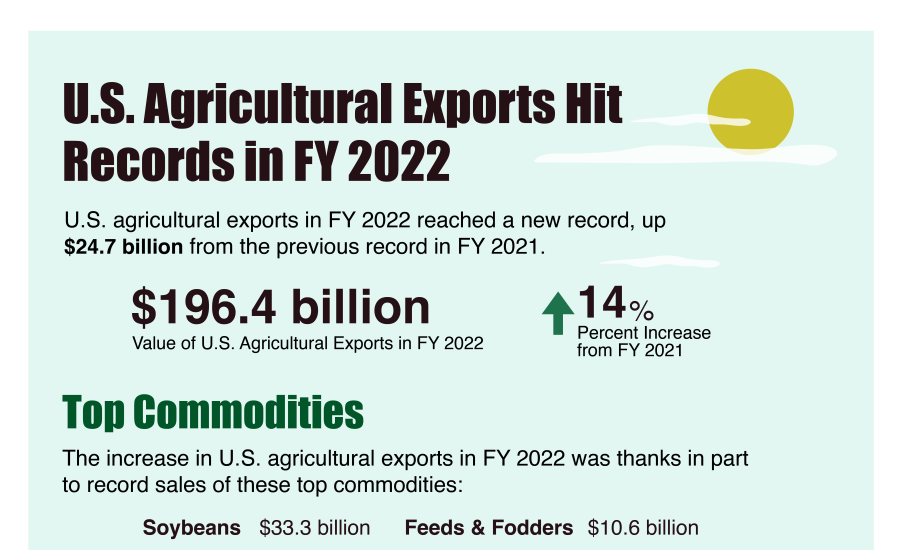Browse Data and Analysis
Filter
Search Data and Analysis
- 361 results found
- (-) South Korea
- Clear all
The ongoing revival of South Korea’s food service sector strengthened consumer demand for beef and pork in 2022. This positive trend is expected to continue in 2023 as Korea’s hotel, restaurant, and institutional sectors gain momentum in a post-covid market.
On November 4, 2022, the Korea Agro-Fisheries & Food Trade Corporation (aT) announced the results of the 2022 U.S. orange tariff rate quota (TRQ) allocations. Korea switched to a new license allocation system this year, replacing the import rights auction process used in prior years. A key piece of the new allocation system is that 80 percent of the total TRQ is reserved for importers with historical import volumes, while the remaining 20 percent is reserved for new importers.
FY2022 agricultural exports reach record levels.
Korea’s 2022/23 pear production is projected to increase by 16 percent, driven mostly by increased yields due to favorable weather. Korean pear consumption is projected to rise by 14.3 percent following a 6 percent fall in market prices, with the balance of increased production going to exports. Fresh pear imports (including U.S. origin) are not allowed under Korea’s existing phytosanitary regulations.
In 2020, sales of the HRI food service sector reached 140 trillion KRW (122.2 billion USD), a decrease of 3.1 percent from 2019. The pandemic affected the sector harshly and most of its sub-sectors experienced decreases in sales.
After two consecutive years of reduced chicken production in 2021 and 2022, Korea’s chicken production is projected to recover by 1.6 percent to 945,000 metric tons (MT) in 2023 due to increased chicken inventory and rising consumer demand.
Korean seafood imports totaled $5.74 billion in 2021, up 9 percent from 2020, with imports from the United States increasing slightly to $217 million. The United States remains the fifth largest seafood exporter to Korea with a 3.8 percent market share.
Interactive Tableau visualization showing what percentage of U.S. agricultural exports go to each of the top markets.
The United States is the leading supplier of imported consumer-oriented agricultural products to the Korean retail industry, shipping a record $6.2 billion in 2021. The outlook for U.S. products in the Korean retail industry is excellent for a wide range of products, including beef, pork, processed meat, vegetables, fruits, nuts, dairy products, juices and soft drinks, alcoholic beverages, condiments and sauces, processed organic foods, coffee, bakery products, snacks and confectioneries.
The FAS/Seoul June 2022 Grain and Feed update covers changes to the Korean rice situation since the March 2022 Grain and Feed Annual report. MY 2022/23 rice production will likely decline slightly (1.4 percent) from the previous estimate due to government efforts to avoid overproduction, while consumption and imports are projected to remain unchanged from FAS/Seoul’s initial forecast.
A Tableau visualization comparing exports to the current top U.S. agricultural export markets since 1989.
The Republic of Korea (ROK) has joined international commitments to reach carbon neutrality by 2050 and passed a Carbon Neutrality Act in 2021 to promote green growth. Although the agricultural industry will be relatively less impacted than some other sectors (including energy), agricultural producers will need to make some adjustments.

